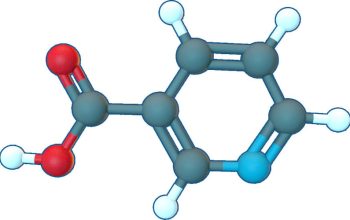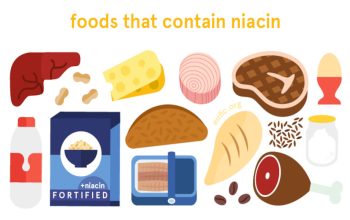From a clinical, solutions-oriented standpoint, “toxicity”, per se, is not the “cause” of disease. It is the absence or the insufficiency of necessary bio-chemicals that is the cause of what we call “disease”. When a toxic chemical, such as a mold toxin, reaches a level that surpasses the host’s ability to detoxify it, then that chemical manifests as a “toxin”. If the host can detoxify, neutralize, and excrete that chemical, then the chemical poses no threat. A good example of this is vitamin D3 as cholecalciferol, which is used as rat poison because in high dosages it can overwhelm mammal detox mechanisms, becoming a poison.1 But at “normal” or functional levels it poses no harm at all because of the host’s ability to detoxify from it and also properly process it.2
Calcium is another substance that, in the correct or naturally occurring levels, is perfectly safe and part of human chemistry. But once it reaches elevated levels inside a cell, the cell is considered diseased.3 Calcium when outside of bone tissue, is in fact really a trace mineral. Only a small percentage of calcium naturally occurs outside of the bone. When it reaches higher levels in the blood, tissue, or cells, it is a poison. However, elevations in outside-of-bone calcium and its toxic effects are not necessarily due to the presence or even the amount of the calcium, but due to deficient levels of both magnesium and ascorbic acid (Vitamin C).4 Tom Levy MD JD states that the most effective way of preventing toxic levels of calcium in cells is to correct magnesium deficiency. So, according to Levy, the toxicity of calcium outside of the cell is determined by the concentration and saturation of both magnesium and Vitamin C. He also states that one should NOT supplement with calcium unless there is a clear deficiency of the mineral and that the mineral ascorbate Calcium Ascorbate is an appropriate form of Vitamin C to use.
The presence of the toxin is almost inconsequential when detox mechanisms are working properly. So, “the devil is in the dosage” is only one side of this, while the amount of antitoxin substances, such as glutathione and Vitamin C, play a far bigger role because in the absence of these key chemicals, even the smallest dose of a so-called toxin could be lethal.
We can’t look at a complex lifeform, such as a human, that has complex organ systems that interact with each other at a high biochemical level as a just a collection of stagnant chemicals in a lab experiment. These organ systems are intimately connected and the entire body itself is a vast biochemical vat that needs the right chemicals in the right amounts and proportions relative to each other. The presence of a rogue chemical, IE a “toxin”, does not denote toxicity because toxicity is determined by the amount of a chemical versus the hosts ability to utilize, process, or detoxify that chemical. This is why small amounts of XYZ chemical can be present in a host’s body but present no toxic harm. This is because of its relationship with other chemicals that could “neutralize” it and the host’s innate ability to remove it from circulation.
How do we reconcile “Toxicity” vs. “Deficiency”? To be more accurate, we should change that to “Excess” vs. “Deficiency”, an age-old concept that seems to have originated from traditional Chinese Medicine, and it gives us a much broader perspective on understanding the relationship between “too much” and “not enough”. When it comes to what makes something toxic vs what makes something non-toxic, the old saying “the devil is in the dosage” applies pretty strongly, and the host’s ability to neutralize and detoxify a substance plays a big role here as well. A certain amount may be “toxic” to one person while the same amount poses no threat to another.
We can agree, then, that if a thing is in “excess” that it can be considered “toxic” under certain conditions favorable to such a “toxic” reaction. That “certain condition” is and always will be a state of deficiency. If the host is deficient in an antitoxic substance, such as Vitamin C, then the overall decreased ability to detoxify will allow even small amounts of “toxic” substances to cause damage.
By finding the deficiency first, we are creating a far simpler solution to a problem that has been far too complex for far to long. And by correcting deficiency, we are dramatically improving detoxification pathways and allowing the human body to function as it was designed.
1 https://vet.purdue.edu/addl/news/rodenticide-revolution.php 2 Are we as a society now over supplementing with Vitamin D3? See my article Vitamin D, The Misunderstood Sunshine Hormone 3 Death By Calcium, Tom Levy MD JD 4 Magnesium, Reversing Disease Tom Levy, MD JD Please read this important Disclaimer and our Privacy Policy notices here.




